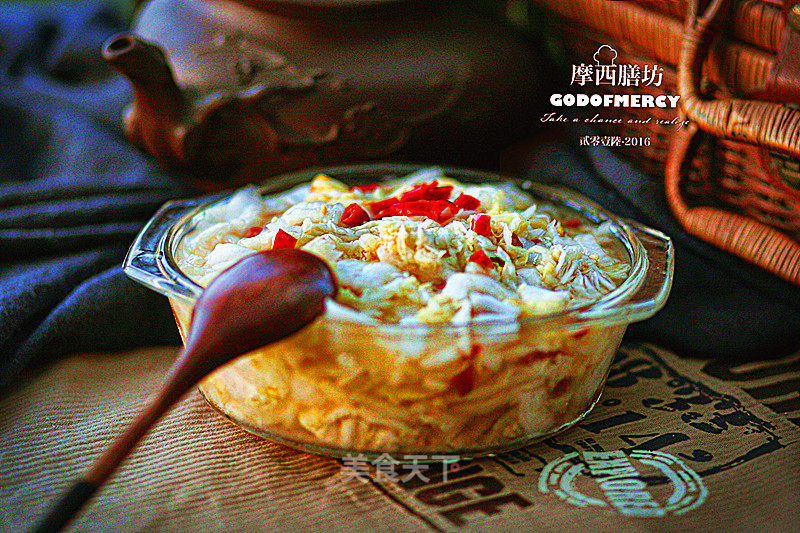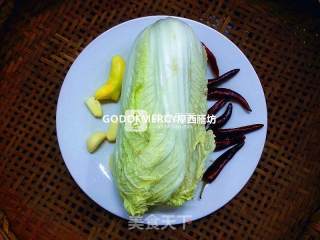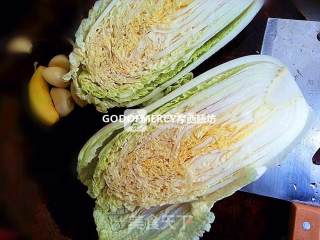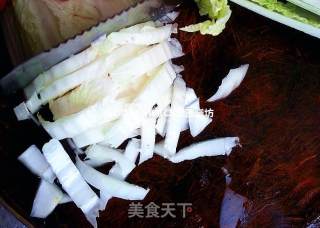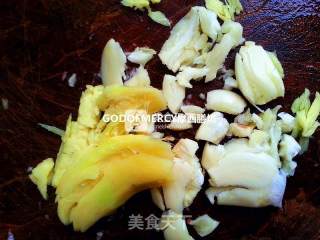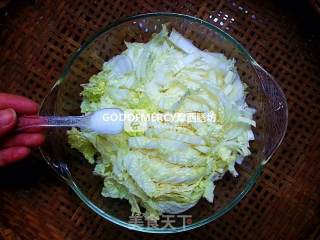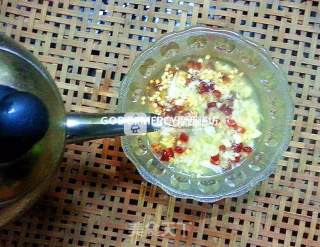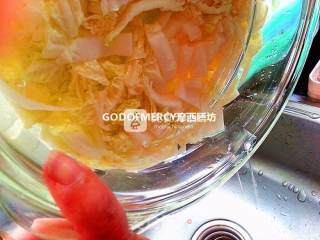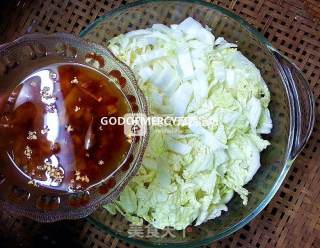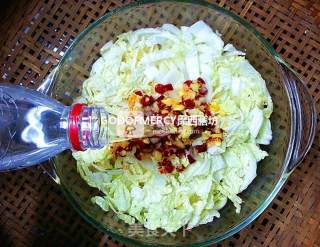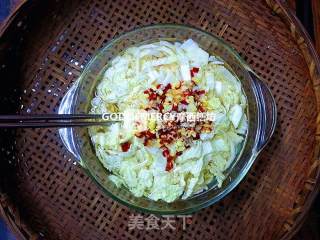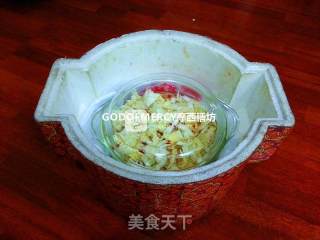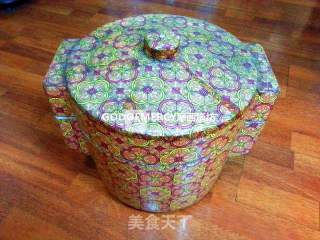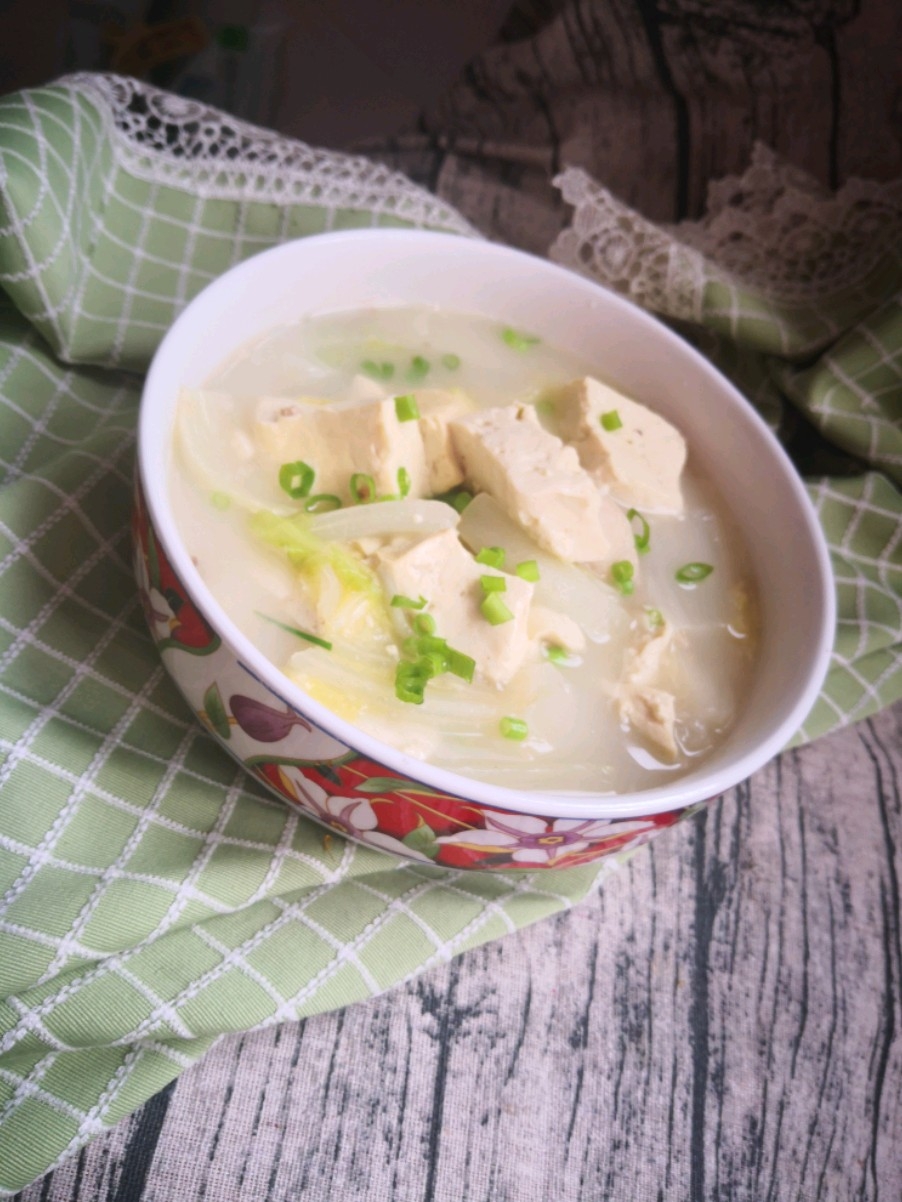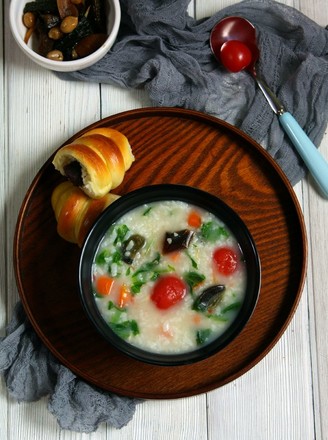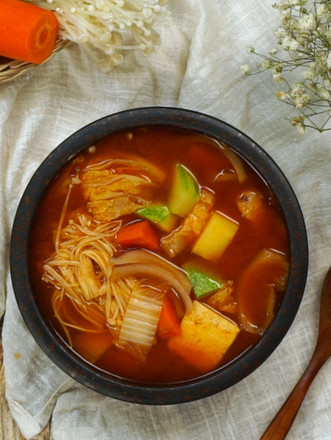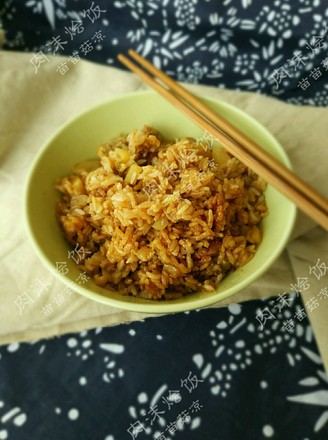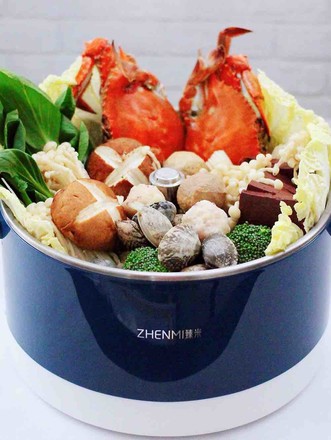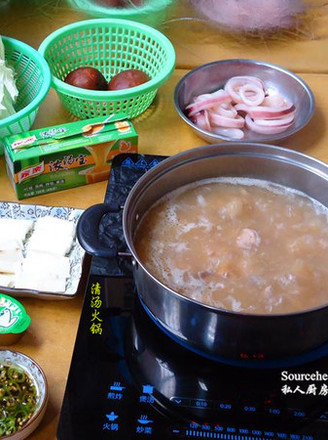Exotic Cuisine Korean Cuisine
by GODOFMERCY
Favorite
Difficulty
Normal
Time
20m
Serving
2
Kimchi is the essence and soul of Korean and Japanese cuisine. Everyone has eaten Korean kimchi. Have you ever tried Korean kimchi? I believe that everyone rarely comes into contact with North Korean cuisine. In fact, there is not much difference between Korean cuisine and Korean cuisine. My dad said that a slapped country would be overwhelmed by peeing; it is impossible to differentiate between two different cuisines in just sixty years. We see those kimchi, fried rice cakes, seaweed soup, rice intestines in Korean dramas... Actually, they are also found in North Korea. These are shared cultures of the two countries, but the styles are different. It is just that we know too little about North Korea and know the style of South Korea. Some more. My exposure to Korean cuisine was also influenced by my father. Haha~ For our family with the door closed, Dad is still authoritative. After all, he is the loveliest person-the volunteer army to resist US aggression and aid Korea. Let’s not compare with Korean kimchi today, and don’t make similar Korean kimchi. Pick the most distinctive dish; just follow my name: "Korean cuisine." Its method is completely different from Korean kimchi. The essence is in the blended juice. And I can cook it in all seasons. I especially like iced Korean food. The kimchi water made can be used as a drink; it can actually achieve the purpose and effect of losing weight. The use of kimchi to mediate the beneficial flora of the human body is well documented. Especially suitable for young people nowadays. They generally don't use traditional kimchi jars to make kimchi. Just eat the leftover bottles such as canned food and pickles, or wash the glass bowls. And it doesn't take long to pickle; especially in the hot summer weather, you can eat it the next day after cooking it the first day. Dad made Korean food, adding ginger, garlic, and dried chili juice, and then soaking the Chinese cabbage with cold boiled water, adding the sauce to have a special flavor. It tastes so spicy and hearty. One word "cool"~ I first imported the cold and icy food, and finally the spiciness came out. It was really exciting. As charming as a Thousand Change girl. Let you have a hearty aftertaste. The spicy taste in the mouth is slowly released. When the North Korean cuisine makes your heart fascinated, it takes a few minutes to change inadvertently to bring out your own taste, and this North Korean cuisine has the authentic taste of your own authority. In the future, the pace of life will become faster and faster, and the global diversification of diet will require quick and easy diets to cope. The Korean kimchi shared today will continue to appear on our table. Korean cuisine has been with me since I can remember, and now my children are deeply conquered by its unique taste. Korean cuisine is not authoritative, it is the truth to like to eat. Is it not complicated, the materials are easy to find, and the price is cheap. Such a distinctive dish appeared on the table, but an appetizer before the meal! Original by GODOFMERCY. This article is originally based on my real experience; the content is for reference only and is purely a personal hobby. If you don’t like it, don’t spray it. Part of the knowledge comes from the Internet. If you need to solve a specific problem [especially in the fields of law, medicine, etc.], it is recommended that you consult professionals in related fields in detail. "

